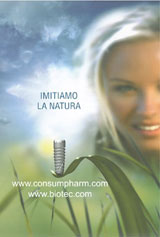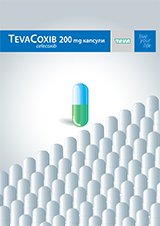Biotechnology &
Biotechnological Equipment
Biotechnological Equipment
Advanced search
Article
Biotechnology & Biotechnological Equipment 22 (4), 998 - 1001 (2008)
EFFECT OF MOBILE PHONES ON TRACE ELEMENTS CONTENT IN RAT TEETH
O. Adiguzel1, S. Dasdag2, M. Z. Akdag2, S. Erdogan3, S. Kaya1, I. Yavuz4, F. A. Kaya5
- Dicle University, Faculty of Dentistry, Department of Operative Dentistry and Endodontics, Diyarbakir, Turkey
- Dicle University, Medical Faculty, Department of Biophysics, Diyarbakir, Turkey
- Dicle University, Faculty of Science and Letter, Department of Chemistry, Diyarbakir, Turkey
- Dicle University, Faculty of Dentistry, Department of Pediatrics Dentistry, Diyarbakir/Turkey
- Dicle University, Faculty of Dentistry, Department of Periodontology, Diyarbakir, Turkey
Correspondence to: O. Adiguzel E-mail: dentamania21@dicle.edu.tr
Abstract
Widespread use of wireless communication made it necessary to investigate the long term effect of mobile phone, which is the most popular technological equipment in the earth. One of the important parts of body that absorbs radiation emitted from mobile phones is oral tissue. However, mobile phone users and also scientists usually do not pay attention on effect of mobile phone exposure on oral tissue. Therefore, there is no epidemiological and experimental studies focused on this part of body. The aim of this study was to investigate the effect of GSM (Global System for Mobile Communication) -Modulated 900 MHz radiofrequency radiation on trace element content of rat teeth. Thirty one Wistar Albino adult male rats were divided into three groups: experimental group (each, n=14), shame group (n=7), and cage control group (n=10). Head of the rats in the experimental group were exposed to GSM-Modulated 900 MHz radiofrequency radiation for 2 hours per day during ten months. At the end of the exposure period, the contents of some trace elements as Ca, Mg, Zn, and P were measured in the oral tissue. The measurements were performed by Atomic Absorption Spectrophotometry (AAS). However, phosphorus content of teeth was measured by ultraviolet spectrophotometer (UVS).
Changes of Mg, and Zn contents in the experimental group were found to be statistically significant according to the sham and cage control groups. Ca and P contents in the experimental group were higher than the sham and cage control groups. Difference between the groups was not statistically significant (p>0.05). The results of the study showed that GSM-Modulated 900 MHz radiofrequency radiation can be a factor to alter the teeth trace elements’ densities. However, further studies are necessary to know whether GSM-Modulated 900 MHz radiofrequency radiations affects the oral tissues such as the teeth.


